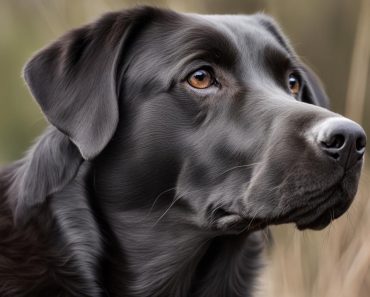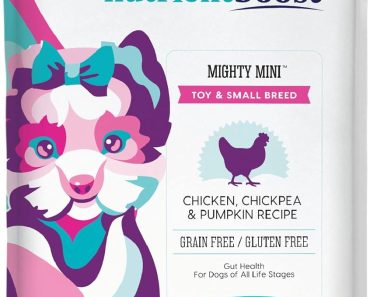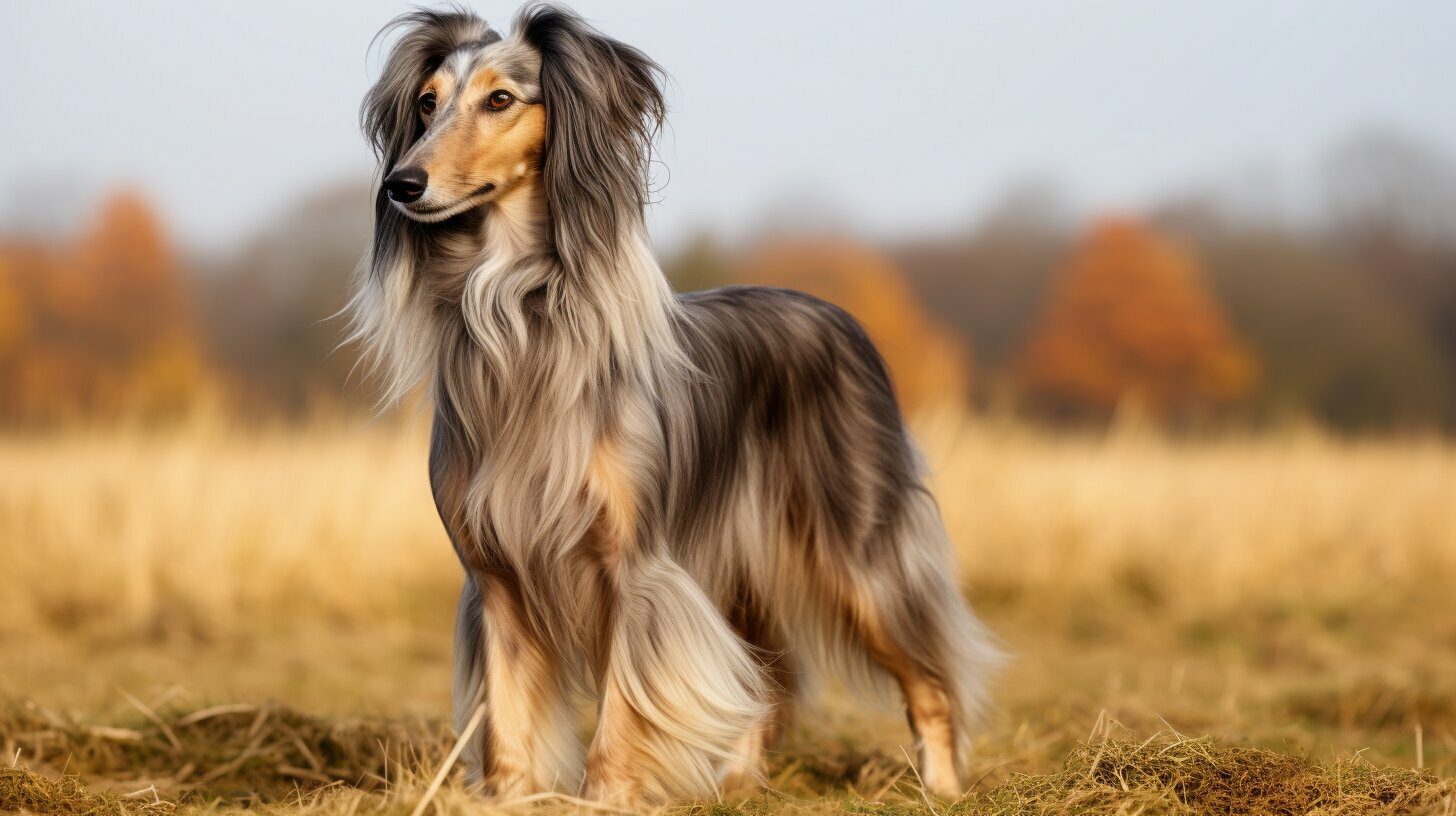
Welcome to my guide on the price of Silkese dogs in 2023! If you’re considering adding a Silkese to your family, it’s important to have an understanding of the potential cost. The Silkese is a mixed breed dog that combines the Silky Terrier and the Maltese, resulting in a unique and lovable companion. Let’s dive into the factors that can influence the price of a Silkese.
Silkese Price: $500 to $900
- The cost can vary due to the lack of fixed standards and accreditation for the breed.
- Factors such as the health of the dog and the reputation of the breeder can influence the price.
- Investing in a healthier Silkese may cost more upfront but can save on potential veterinary expenses in the long run.
Silkese Breed Overview
The Silkese is a unique designer breed that combines the characteristics of the Silky Terrier and the Maltese. This adorable mix results in a loyal and friendly companion that is perfect for both individuals and families.
The Silky Terrier, one of the parent breeds, is a cross between the Yorkshire Terrier and the Australian Terrier. It was originally bred as a companion and extermination dog, known for its intelligence and agility. The Maltese, on the other hand, is a small and playful breed that is highly regarded for its loyalty and affectionate nature.
When these two breeds are combined to create the Silkese, you get a dog that is not only loving and devoted but also intelligent and easy to train. This designer breed makes a great addition to any household, bringing joy and companionship wherever they go.
Silkese Breed Overview Table
| Characteristic | Description |
|---|---|
| Size | Small, typically ranging from 8 to 12 inches in height |
| Weight | Male Silkese dogs weigh between 9 and 14 lbs, while females weigh between 7 and 12 lbs |
| Coat | Medium-length or longer coat, similar to both parent breeds |
| Colors | Range of colors including brown, cream, white, and black |
| Temperament | Loyal, friendly, and easy to train |
| Lifespan | Estimated to be between 12 and 14 years |
With their compact and muscular bodies, small eyes, and medium-length muzzles, the Silkese closely resembles the Silky Terrier in terms of its facial features. However, their overall appearance can vary as there are no set standards for this breed.
If you’re looking for a designer breed that combines the best traits of the Silky Terrier and the Maltese, the Silkese is the perfect choice. They make wonderful companions and are sure to bring love and happiness into your life.
Silkese Characteristics
When it comes to the Silkese breed, its appearance can vary due to the absence of fixed standards. However, there are some common characteristics that can be observed. The Silkese typically has a medium-length or longer coat, similar to its parent breeds, the Silky Terrier and the Maltese. This luxurious coat requires regular grooming to prevent matting and keep it looking its best.
As for colors, the Silkese can come in a range of hues. From a rich brown to a creamy white, or even a combination of black and white, there is a variety of possibilities. These colors add to the unique charm of the Silkese and make each dog even more special.
The Silkese also has a compact and muscular body, with facial features resembling its Silky Terrier heritage. Small eyes and a medium-length muzzle give the Silkese an adorable and endearing expression.
The Silkese Appearance at a Glance:
| Coat Length | Colors | Facial Features |
|---|---|---|
| Medium-length or longer | Brown, cream, white and black | Small eyes, medium-length muzzle |
As you can see, the Silkese is a visually stunning breed with a range of coat colors and distinctive facial features. Its appearance is sure to capture the hearts of dog lovers everywhere.
Silkese Size and Lifespan
When it comes to the Silkese, size does matter. This small breed typically stands between 8 and 12 inches tall, making it a perfect choice for those seeking a compact companion. While the size may vary slightly, male Silkese dogs generally weigh between 9 and 14 lbs, while females weigh between 7 and 12 lbs. So whether you’re looking for a pocket-sized pal or a little bundle of joy, the Silkese fits the bill.
But don’t let their small stature fool you – the Silkese boasts an impressive lifespan. These adorable pups can live between 12 and 14 years, providing you with years of companionship and love. Of course, every dog is unique, and factors such as genetics, diet, exercise, and healthcare can all play a role in their longevity. By providing proper care and attention, you can help ensure your Silkese lives a long, healthy life.
Now that we’ve covered the basics of size and lifespan, let’s dig deeper into understanding the needs and characteristics of this delightful breed. From temperament to care, there’s much more to discover about the Silkese that will help you make an informed decision about whether they’re the right fit for your family.
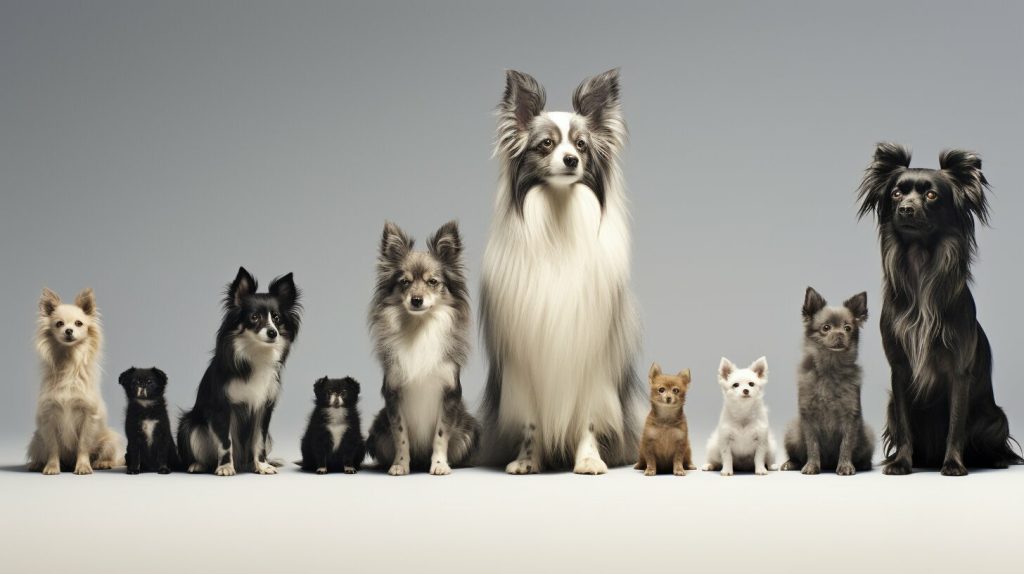
Comparison of Silkese Size and Weight
| Height (inches) | Male Weight (lbs) | Female Weight (lbs) | |
|---|---|---|---|
| Average | 10 | 11.5 | 9.5 |
| Range | 8 – 12 | 9 – 14 | 7 – 12 |
This table provides a general overview of the size and weight range for the Silkese. Remember, every dog is unique, and individual Silkese may fall slightly outside these average ranges. By considering the size and weight of the Silkese, you can ensure they fit comfortably into your home and lifestyle.
Silkese Temperament and Care
The temperament of a Silkese can vary depending on the traits inherited from its parent breeds, the Silky Terrier and the Maltese. If it takes after the Maltese side, it will have an amicable personality and be easy to train. The Maltese is known for its friendly and affectionate nature, making it a popular companion dog. On the other hand, if the Silkese takes after the Silky Terrier side, it may be a bit moody and may not coexist well with small pets. Silky Terriers are known for their terrier instincts and can be protective and territorial.
Regardless of its temperament, proper care is important to ensure the well-being of a Silkese. Regular grooming is essential to maintain their medium-length coat, which can be prone to matting. Brushing their coat a few times a week and scheduling regular baths can help keep their fur clean and tangle-free. Silkese owners should also trim their dog’s nails regularly to prevent them from becoming too long. Additionally, dental care is crucial to prevent dental issues, so regular teeth brushing or using dental treats is recommended.
When it comes to exercise, the Silkese have moderate activity levels and require regular physical activity to stay healthy and happy. Daily walks, playtime, and interactive toys can help meet their exercise needs. Mental stimulation is also important for the Silkese, so incorporating training sessions and puzzle toys into their routine can provide mental enrichment. However, it’s important to note that each Silkese may have unique exercise requirements, so it’s essential to consider their individual energy levels and consult with a veterinarian for personalized advice.
Tips for Caring for a Silkese
When it comes to caring for a Silkese, there are a few key factors to keep in mind. Proper nutrition, grooming, maintaining activity levels, and ensuring overall health are all important aspects of taking care of your Silkese companion.
Nutrition
Providing your Silkese with a balanced diet is essential for their health and well-being. Aim to feed them 1 to 1.5 US standard cups of high-quality dog food per day, divided into two meals. Consider consulting with your veterinarian to determine the specific nutritional needs of your Silkese based on their age, size, and activity level.
Grooming
Grooming plays a significant role in keeping your Silkese looking and feeling their best. Their medium-length coat requires regular brushing to prevent matting and tangling. You should also schedule regular baths as needed to keep their coat clean. Additionally, it’s important to trim their nails regularly and practice good dental care by brushing their teeth to prevent dental issues.
Activity Levels
Silkese dogs have moderate exercise needs and thrive when given regular physical activity. Aim for 30 to 40 minutes of exercise daily, which can include walks, playtime, or interactive toys. Engaging in regular exercise not only helps keep them physically fit but also mentally stimulated. Be mindful of their size and ensure they have a safe and secure environment to explore and play in.
Health
Maintaining your Silkese’s overall health requires regular veterinary check-ups. Schedule routine visits to the vet for vaccinations, preventive care, and health screenings. Regular check-ups can help detect any potential health issues early on and ensure your Silkese receives the necessary care and treatment. Additionally, be vigilant in observing any changes in behavior or physical appearance, and consult your vet if you have any concerns.
| Silkese Nutrition | Silkese Grooming | Silkese Activity Levels | Silkese Health | |
|---|---|---|---|---|
| Recommendation | Feed 1 to 1.5 US standard cups of food per day | Regular brushing, bathing, nail trimming, and dental care | 30 to 40 minutes of exercise daily | Schedule regular veterinary check-ups |
| Benefits | Keeps them healthy and well-nourished | Maintains a clean, tangle-free coat and good oral hygiene | Promotes physical fitness and mental stimulation | Detects and addresses potential health issues early |
| Importance | Ensures proper growth and development | Prevents matting, dental problems, and nail overgrowth | Prevents obesity and boredom-related behaviors | Provides necessary preventive care and treatment |
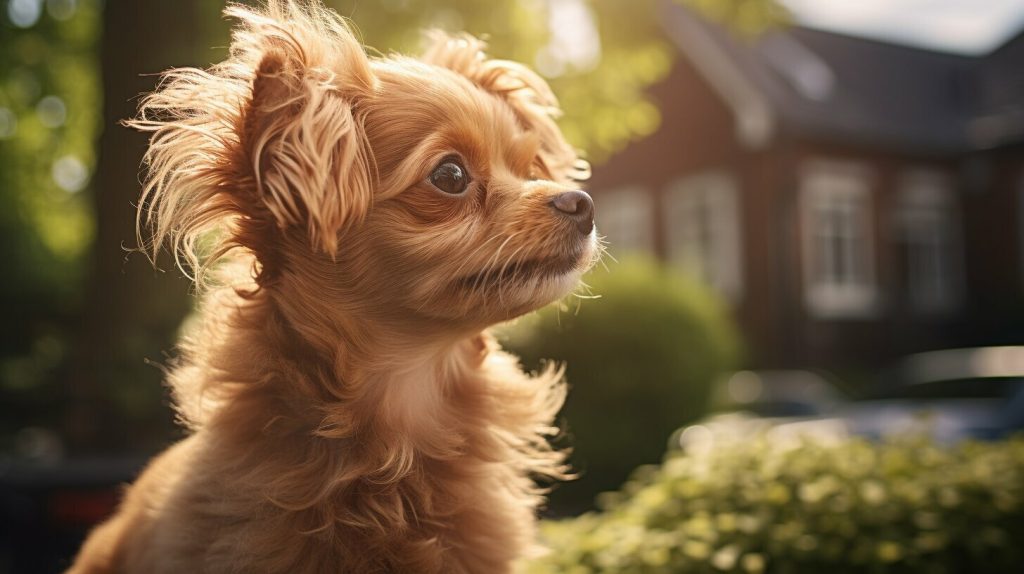
Conclusion
In conclusion, the Silkese is a wonderful breed that combines the best of both the Silky Terrier and the Maltese. It is a unique and lovable companion, known for its loyalty and friendly nature.
When considering the price of a Silkese, it is important to remember that there are no fixed standards or accreditation, which can lead to variation in cost. However, the average price range for a Silkese is estimated to be between $500 and $900.
To ensure the well-being of your Silkese, proper care is essential. This includes providing a balanced diet, regular grooming, and consistent exercise. Additionally, regular veterinary check-ups are crucial for maintaining your Silkese’s health and addressing any potential issues.
Investing in a healthy Silkese can save you money in the long run, as it may prevent costly veterinary expenses. By providing the love and care that this breed deserves, you can enjoy the companionship of a Silkese for many happy years to come.
FAQ
How much does a Silkese cost?
The cost of a Silkese can vary due to the lack of fixed standards and accreditation. Based on the prices of the Silkese’s parent breeds, the average price range for a Silkese is estimated to be between $500 and $900.
What factors can influence the price of a Silkese?
Factors that can influence the price include the health of the dog and the reputation of the breeder. It is recommended to invest in a healthier Silkese as it may cost more but can save on potential veterinary expenses in the long run.
What is a Silkese?
The Silkese is a mixed breed that combines the Silky Terrier and the Maltese. The Silky Terrier is a companion-cum-extermination dog, created by crossing the Yorkshire Terrier with the Australian Terrier. The Maltese is known for its small size, loyal nature, and playfulness, making it a popular choice as a companion dog. The Silkese inherits traits from both its parent breeds, resulting in a loyal and friendly companion.
What does a Silkese look like?
The appearance of a Silkese can vary as there are no set standards for the breed. The Silkese typically has a medium-length or longer coat, similar to both parent breeds. Colors of the Silkese can range from brown to cream to white and black. The Silkese has a compact and muscular body with facial features resembling the Silky Terrier, such as small eyes and a medium-length muzzle.
How big do Silkese dogs get?
The Silkese is a small breed, with heights ranging from 8 to 12 inches. Male Silkese dogs typically weigh between 9 and 14 lbs, while female Silkese dogs weigh between 7 and 12 lbs.
What is the lifespan of a Silkese?
The lifespan of the Silkese is estimated to be between 12 and 14 years, based on the lifespans of its parent breeds. Proper healthcare and regular check-ups can contribute to a longer lifespan for the Silkese.
What is the temperament of a Silkese?
The Silkese’s temperament can vary depending on the traits inherited from its parent breeds. If it takes after the Maltese side, it will have an amicable personality and be easy to train. If it takes after the Silky Terrier side, it may be a bit moody and may not coexist well with small pets.
What kind of care does a Silkese require?
The Silkese requires regular grooming, including brushing its coat to prevent matting, trimming its nails, and regular dental care. It should be fed a balanced diet, consisting of 1 to 1.5 US standard cups of food per day. Regular exercise, grooming, and veterinary check-ups are essential for maintaining the Silkese’s health and well-being.
How much exercise does a Silkese need?
The Silkese has moderate exercise needs, requiring 30 to 40 minutes of exercise daily. This can include walks, playtime, and mental stimulation to keep them active and engaged.
Is the Silkese a good family pet?
Yes, the Silkese can make a great family pet. However, it’s important to supervise interactions between the Silkese and small children, as their small size can make them more delicate. Early socialization and training are important to ensure a well-behaved and well-adjusted family companion.




